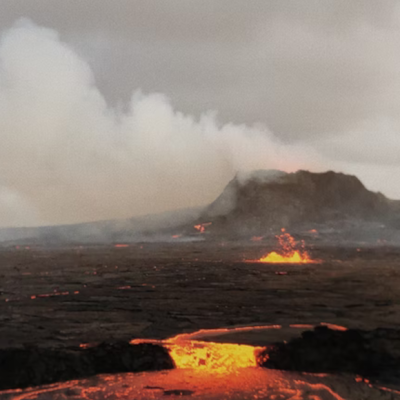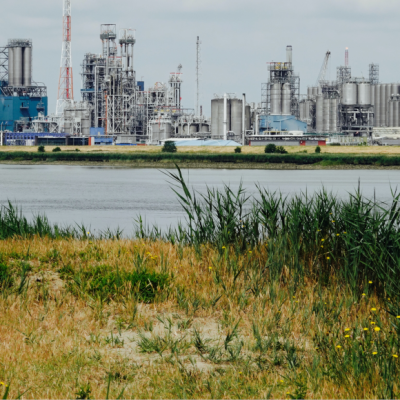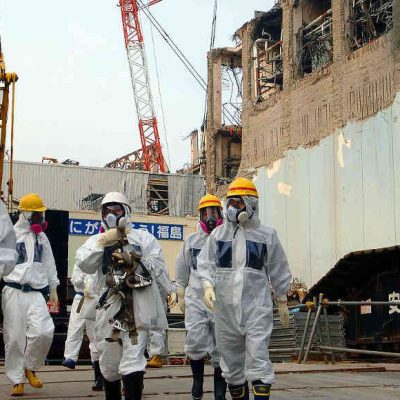Nuclear accidents are highly complex and cannot be accurately simulated even with modern computer technology, according to risk researcher Nikolaus Müllner from the Institute for Safety and Risk Sciences at the University of Natural Resources and Life Sciences in Vienna, Austria. While computer simulations play a significant role in evaluating the safety of nuclear power plants, they cannot predict major accidents like Fukushima and Chernobyl. Safety evaluations of nuclear power plants involve simulating a series of triggering events to determine what would happen in the event of an accident. However, as Müllner explains, nuclear accidents are “highly complex phenomena” that cannot be simulated with 100% accuracy.
Müllner emphasizes the need for discussion in politics and science on how to manage these uncertainties in the operation of existing nuclear power plants and the planning of new sites. While it is difficult to predict the exact outcome of a nuclear accident, at least the regions that would be affected by radioactive material can be determined relatively accurately through computer simulations. Müllner’s team at BOKU has created a risk map based on representative weather situations and active nuclear power plants in Europe, showing the probability of radioactive contamination in different regions of the continent. This map can help make the risks of nuclear power more transparent.
In conclusion, while computer simulations are an important tool in evaluating the safety of nuclear power plants, they cannot predict major accidents with complete accuracy. The complexity of nuclear accidents means that uncertainties must be managed in the operation of existing plants and the planning of new sites. However, computer simulations can still be used to determine the regions that would be affected by radioactive contamination in the event of an accident, helping to make the risks of nuclear power more transparent.









